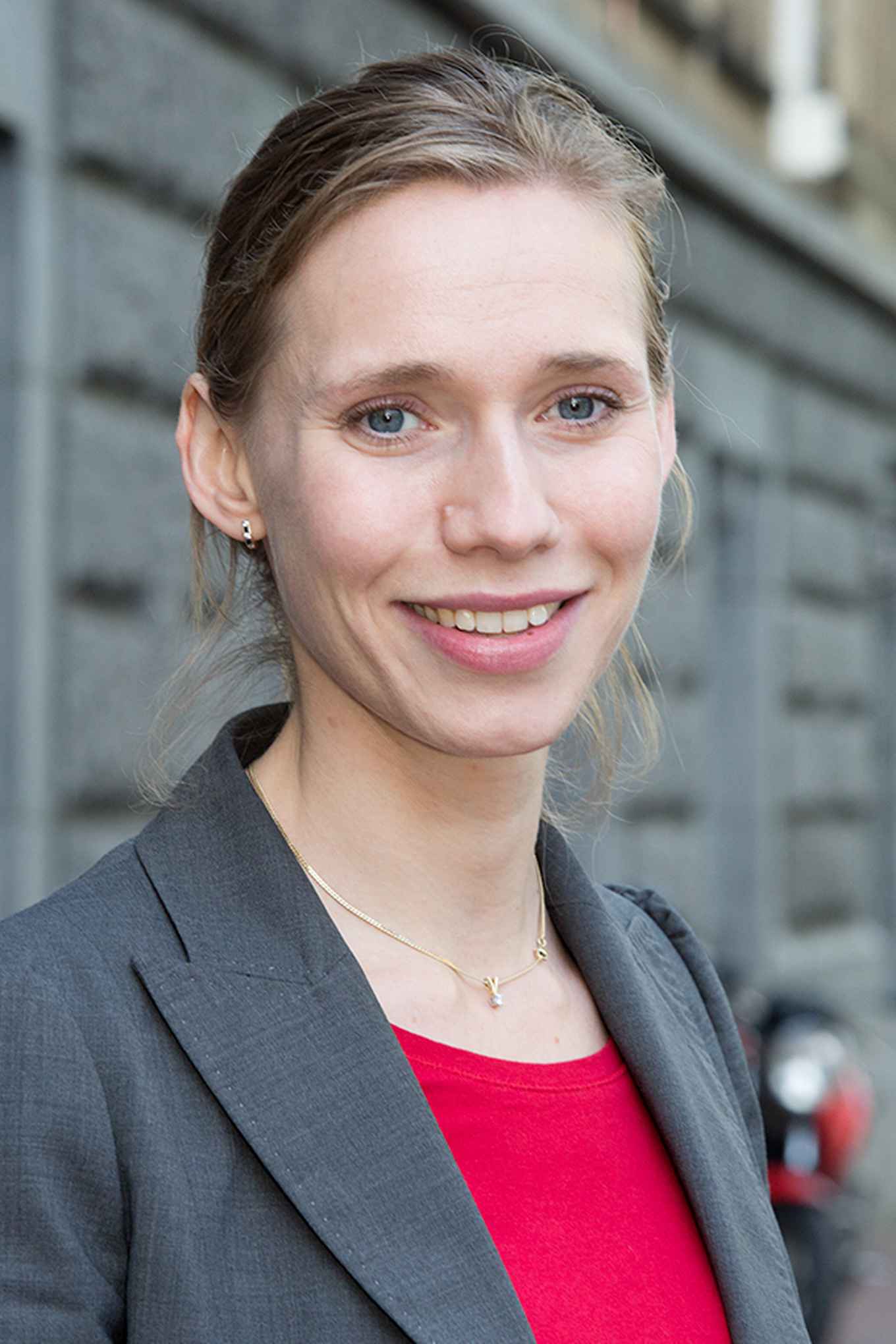Research on 19th Century sculpture in the Netherlands
29 July 2014

It is often said that the Netherlands is not a country that is famous for its sculptors. Why should this be? Because of a lack of natural sculpting materials such as marble, perhaps, but also the virtual absence of a tradition of patronage and the dominance of painting as an art form. So why then are there, for the period 1800-1914 alone, nearly 400 sculptors to be found in the database of the RKD – Netherlands Institute for Art History? Hanna Klarenbeek will research this forgotten 19th-century sculptural tradition.
So far virtually no research has been done into 19th-century sculpture. Yet we see this art around us all the time: in squares, parks and cemeteries, in public buildings such as churches and decorating façades everywhere. From 1800 onwards, sculpture developed from a craft tradition primarily in support of architecture, to become a separate discipline with new forms and materials, which artists have used for the expression of their own ideas.
The research project is made possible by the Beelden aan Zee Museum/Sculpture Institute and the RKD and supported financially by the Ekkart Fund. The project is part of a large-scale historical study of modern Dutch sculpture that is being conducted by the Beelden aan Zee Museum/Sculpture Institute and the University of Leiden.